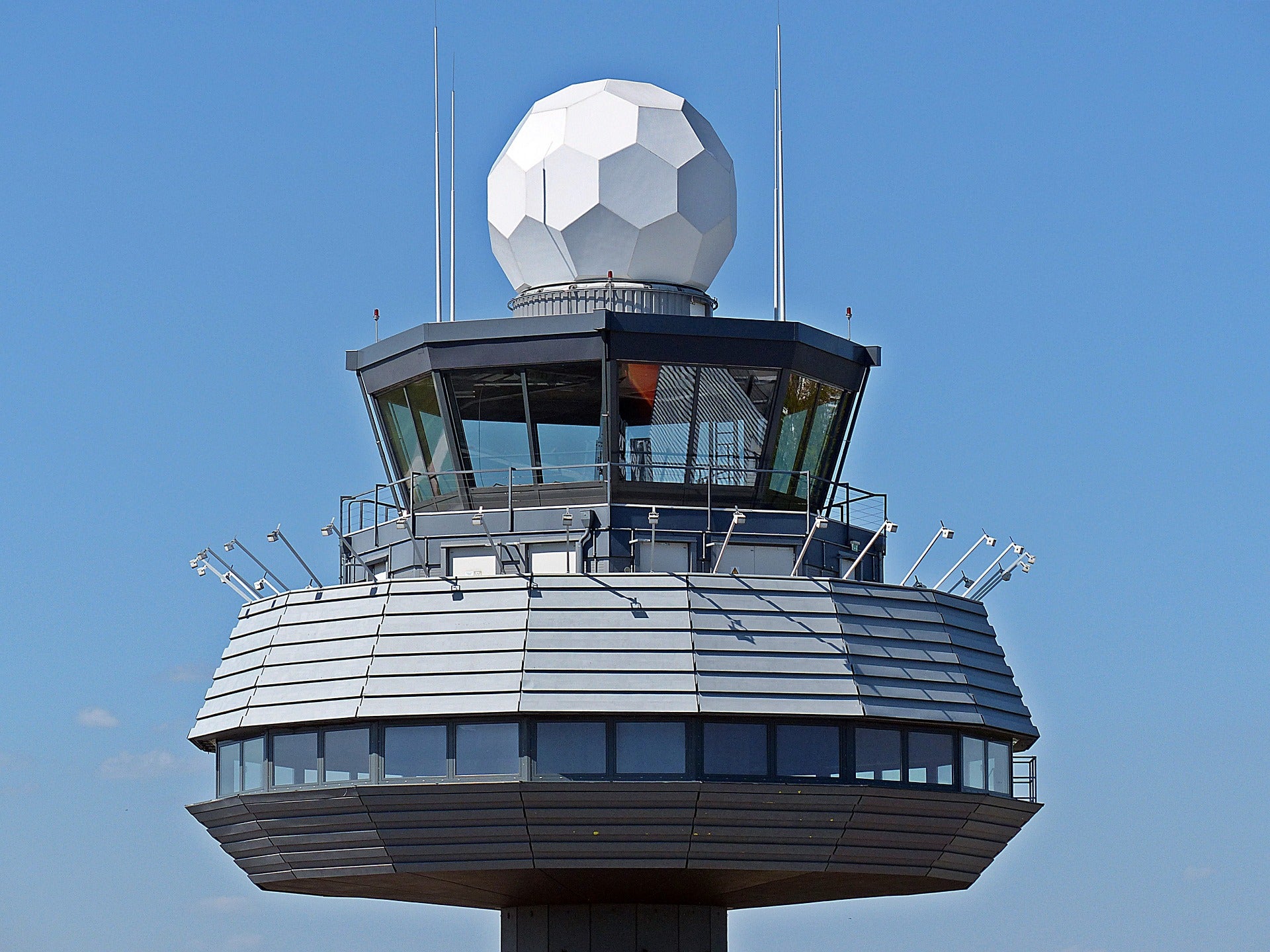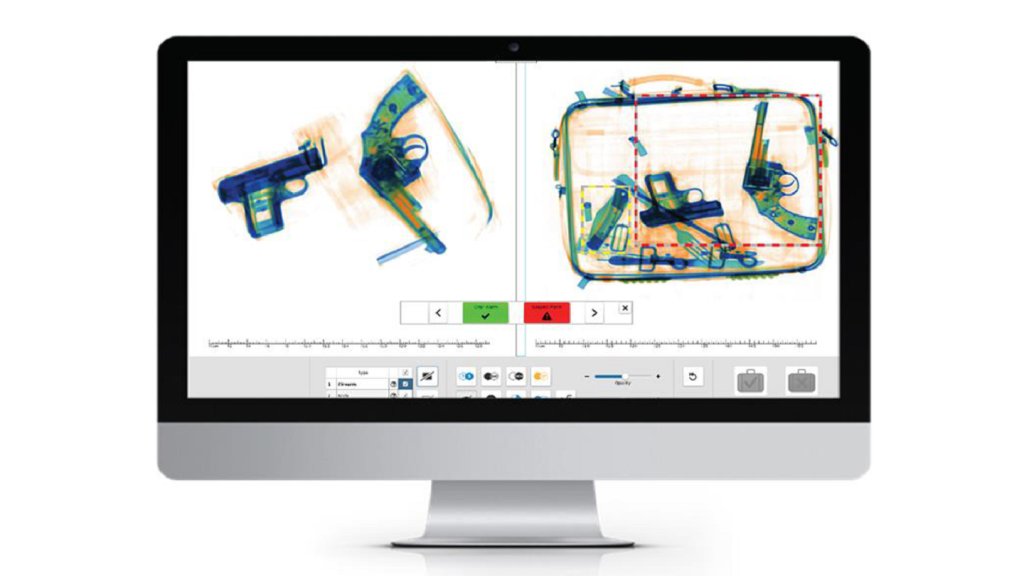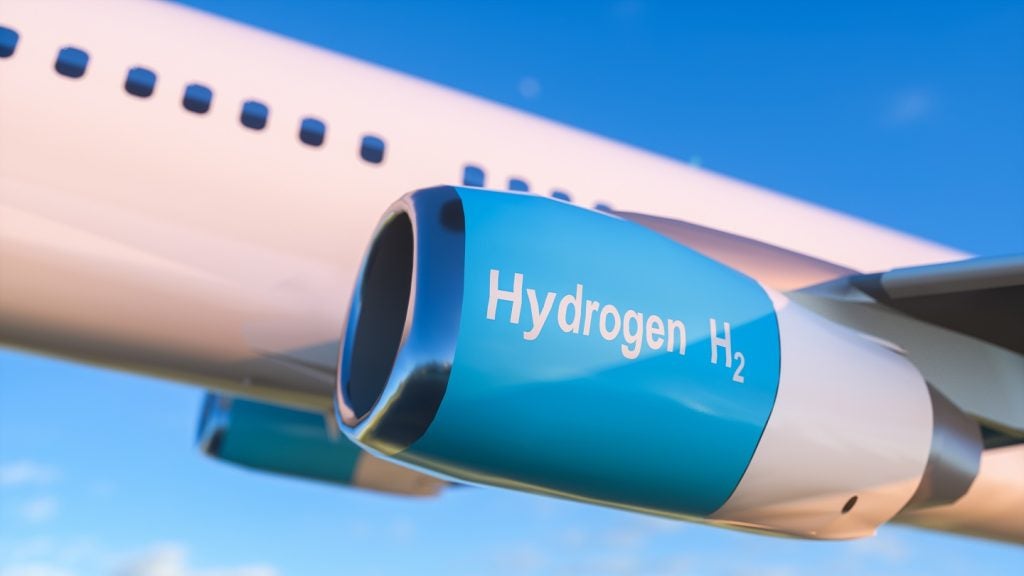
Varsha Saraogi: What are the recruitment challenges facing air traffic controllers?
Head professors of MSc Air Transport Management at De Montfort University, Lucy Budd and Stephen Ison (LB & SI) :
A key challenge is that the role of an air traffic controller is not very visible as they are usually hidden from public view in control centres and air traffic control (ATC) towers. It’s often said that people cannot be what they cannot see and so lack of awareness of the role is hindering recruitment. There is also the perception that air traffic controlling is a demanding and stressful job which is only suited to particular types of people.
According to the International Federation of Air Traffic Control Associations (IFATCA), there is a global shortage of controllers by 10% while another 15% are needed to transition to SESAR and NextGen. The shortage of controllers and global growth in demand for flights is leading to concerns about staffing levels and safety in both mature and rapidly expanding air transport markets.
Additionally, the demographic of controllers in some countries is ageing and as it can take three to four years for a controller to train and receive validation, existing employees are retiring faster than they can be replaced. The restrictions that some air navigation service providers (ANSPs) place on the maximum age at which a trainee can commence training also mean that workers cannot switch to controlling later in life.
Deputy president at IFATCA Helena Sjöström:
There are various obstacles. For starters, young people prefer a broader career path that doesn’t restrict them to one specific job and therefore tend to be hesitant to choose ATC which is a specialised field. If they don’t pursue it after the training, they’ve lost those years as that training is not recognised in other fields.
How well do you really know your competitors?
Access the most comprehensive Company Profiles on the market, powered by GlobalData. Save hours of research. Gain competitive edge.

Thank you!
Your download email will arrive shortly
Not ready to buy yet? Download a free sample
We are confident about the unique quality of our Company Profiles. However, we want you to make the most beneficial decision for your business, so we offer a free sample that you can download by submitting the below form
By GlobalDataOn top of that, technical aptitude is high in demand in today’s job market and therefore we are fishing in a small pool. Many service providers have stopped recruiting over the past decade because there are fewer qualified people for the job.
Head of people services at National Air Traffic Services (NATS) Katie Foster (KF):
Very few young people are being informed about future careers in the aviation sector, including ATC, despite the role requiring no major educational qualifications to begin training, and its key benefits – a varied, rewarding, exciting, not your average 9-5 job – exactly mirror what young people have said is their perfect job.
Also, more widely, air traffic control is the invisible infrastructure that sits behind a lot of very successful businesses around the UK – but because it isn’t seen, NATS often doesn’t get the visibility it needs among the industry. Our research shows that jobs in retail and health were at least four times more likely to be discussed in formal career interviews with young people so it’s an issue impacting the whole aviation industry.
President and chief executive officer at Guild of Air Traffic Control Officers (GATCO) Luis Barbero (LB):
We currently suffer from a shortage of air traffic controllers worldwide. Some of the main issues are that vast majority of the public still think air traffic controllers work solely at an airport in the control tower. However, tower controllers represent the minority of air traffic controllers with the majority working in a control centre controlling aircrafts.
Secondly, younger generations value a good work-life balance much more than older generations. This profession with its 24/7/365 nature finds it very challenging to cater to that. Despite plenty of breaks and significant time off than others, it might require working on any day of the year – for instance, Christmas Day or weekends – which means one might miss out on family celebrations. This issue has the ripple effect of fewer women in the profession. At the moment, there are probably about 75% men and 25% women in ATC worldwide.
Thirdly, younger generations value opportunities which help them develop professionally within the organisation. That is something which has been overlooked in the past in ATC. The main priority is service delivery and the management of airspace and airports.
Strategy and integration programme manager at Civil Air Navigation Services Organization (CANSO) Michelle Bishop (MB):
Air traffic control isn’t a consumer-facing job and is fairly invisible. It. It tends to be a little bit more in the background and therefore maybe just not one that people consider. Plus, there have been, in some countries, myths about it being a very high-stress job. However, it is a very attractive one when people learn about it.
In terms of recruitment, we don’t particularly have a problem attracting people. It was this fall that the FAA did a fairly short call for applicants for traffic control only open for five days and even with minimal advertising they got almost 25,000 applications and they were only hiring about 800.
The challenge becomes assessing that pool of 25,000 to ensure that they were selecting the right applicants who have a significant chance of being successful through training.
VS: What should be done to make ATC appealing to young people?
LB & SI: A number of initiatives are being introduced by ANSPs to raise awareness of the role and make the career more appealing by demonstrating the diverse and inclusive nature of the workforce. In the UK, NATS have developed online games that test basic cognitive skills such as shape tracking, sequential memory, reactive avoidance and task prioritisation to help potential applicants assess whether or not they have the necessary aptitude to train as a controller.
The recruitment section of the website also features videos of female and male controllers explaining their role and the path that led to their present employment. Clearly stating the benefits and pay packages, as well as details of any financial or practical support that is offered during the training stage may be of benefit to students who are graduating with an education debt.
HS: There is a lot of engaging work being done by some service providers on social media to promote the job towards their target audience.
It is important to show that despite being a 24/7 and 365 days/year job, it’s possible to balance personal and professional life. This would encourage more women to apply.
KF: By 2030 its forecast is that 355 million passengers and three million flights will be flying to and from UK airports – so we need more air traffic controllers to handle that increase.
ATC is a career that requires specific cognitive skills and abilities which individuals may or may not know they have, so because of this we encourage people from all walks of life to apply. There’s plenty of important work which goes on behind the scenes, for instance, developing the technologies that will aid the role of an air traffic controller in the future.
LB: Everyone is familiar with photos of aircrafts from control towers, but how about those controllers working at a control centre. Aviation is slightly different because some kids develop that passion for flying which makes them want to become pilots. I don’t see the same passion developing for controlling an aircraft even if the interest in aviation might be there.
MB: It’s an issue that the aviation industry as a whole need to collaboratively work on. There is an active programme that International Civil Aviation Organization has created called the NGAP programme for the next generation of aviation professionals, where the industry get together and work on the challenge of awareness of the great jobs that exist in aviation and ensure that people consider those jobs when they’re at that stage of looking at a future career.
VS: How will technology change ATC jobs in the future?
LB & SI: Automation and artificial intelligence will almost inevitably change the nature of ATC roles. The transition to SESAR and NextGen will require controllers to acquire new skills and adopt new ways of working to increase resilience of the ATC system. There will always be a role for a human operator in programming, overseeing the systems and engaging in radio communication with pilots. As functions have been progressively automated, the nature and the location of a controller’s work has changed. Remote towers offer potential cost savings but their introduction may require displaced staff to relocate to centralised control facilities.
HS: For the foreseeable future, the job will remain strongly human-centred. Controllers will benefit from increasing support from tools and technology including artificial intelligence. This should enable an increased productivity per controller and provide additional capacity without necessarily increasing the number of controllers. There are still plenty of situations that require the flexibility and resilience only a human can provide, especially as long as we’re dealing with fellow-humans in control of the aircraft.
KF: NATS is investing almost £1bn in new state‐of‐the‐art technologies to help it manage the increase in traffic, but people are still at the heart of its role in keeping the skies safe and this is an exciting journey to be part of.
LB: The human is the critical source of the performance, safety and resilience of the air traffic management system. Any new technology – like automation – needs to be developed with the human operator in mind. The technology should work jointly with the human, complementing them, supporting them in those tasks where the technology is better.
MB: Air traffic control has always been a fairly high-tech job. What’s really changed is that youth are prioritising technology as they look for careers. As a result, air traffic control organisations are upping their training, changing their future requirements for air traffic controllers and making sure they keep a pipeline of trainees to meet those future needs.
As a result, we had to change some of our training methods as people today learn a little differently than they used to. There’s been a real trend in outsourcing the training in the industry so there’s a lot of private companies around the globe that are doing air traffic controller training for different countries.







